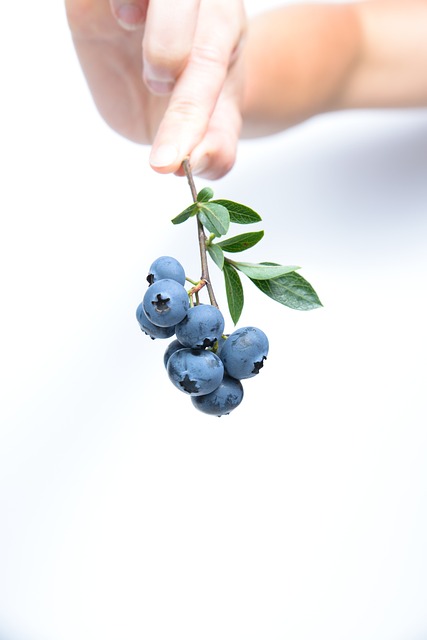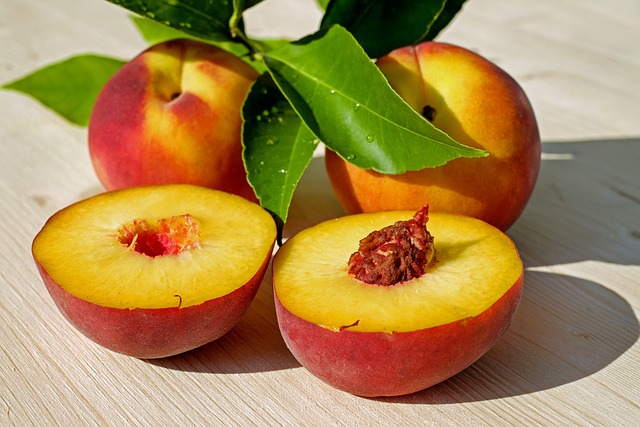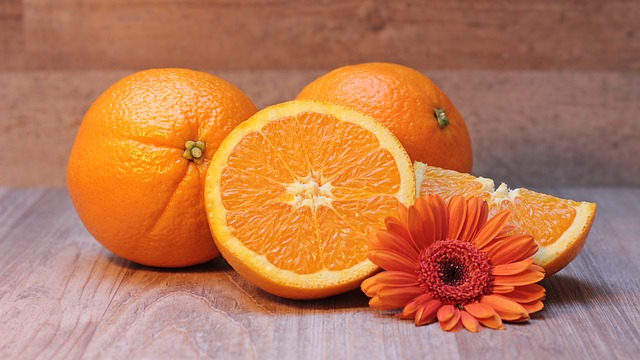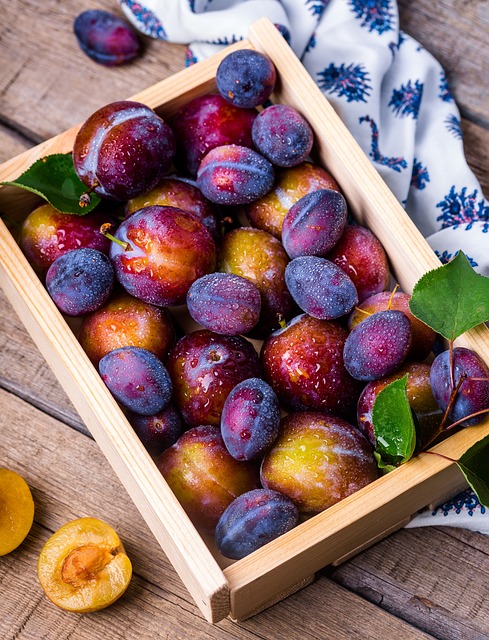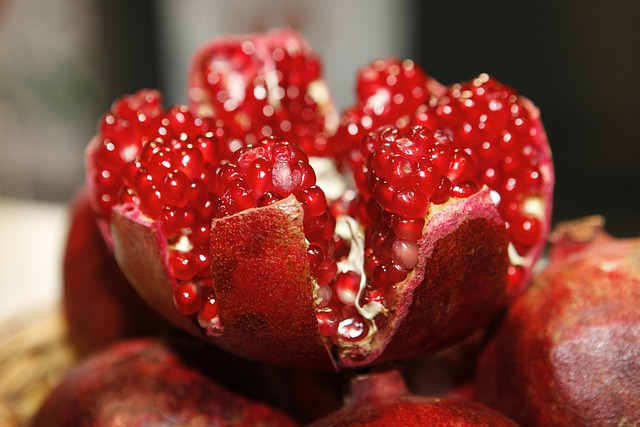Beyond Yogurt: A Comprehensive Guide to Probiotic-Rich Foods
Probiotics are living microorganisms that provide numerous health benefits when consumed. While yogurt is often associated with probiotics, there are several other foods rich in these beneficial bacteria. In this comprehensive guide, we will explore beyond yogurt and discover a variety of probiotic-rich foods that you can incorporate into your diet for optimal gut health.
Sauerkraut
Sauerkraut is a fermented cabbage dish that originated in Germany. It is made by fermenting cabbage using lactic acid bacteria. The fermentation process not only imparts a tangy flavor but also increases the number of probiotics in the cabbage. Sauerkraut is a great source of beneficial bacteria, vitamins C and K, and fiber. It can be enjoyed as a side dish, added to salads, or used as a topping for sandwiches.
Kombucha
Kombucha is a fermented tea drink that has gained popularity in recent years. It is made by fermenting sweetened black or green tea with a symbiotic culture of bacteria and yeast (SCOBY). The fermentation process produces a slightly effervescent beverage that is packed with probiotics, organic acids, and antioxidants. Kombucha is available in various flavors and can be a refreshing alternative to sugary soft drinks.
Miso
Miso is a traditional Japanese seasoning made by fermenting soybeans with salt and a specific mold called koji. It is commonly used in soups, marinades, and dressings. Miso contains a wide array of probiotic strains and is rich in essential minerals and antioxidants. Its umami flavor adds a depth of taste to dishes, making it a versatile ingredient in both Asian and fusion cuisines.
Kimchi
Kimchi is a staple in Korean cuisine and is made by fermenting vegetables, usually cabbage and radishes, with a mix of garlic, ginger, chili powder, and salt. The fermentation process gives kimchi a distinct spicy and tangy flavor. It is not only a good source of probiotics but also provides vitamins A, B, and C, as well as iron and fiber. Kimchi can be enjoyed as a side dish, added to rice bowls, or used as a topping in tacos and burgers.
Kefir
Kefir is a fermented dairy beverage that is similar to yogurt but thinner in consistency. It is made by fermenting milk with kefir grains, which are a combination of bacteria and yeast. Kefir is packed with probiotics, calcium, and protein. It has a tangy taste and can be consumed on its own or used in smoothies, salad dressings, or overnight oats.
Tempeh
Tempeh is a traditional Indonesian food made from fermented soybeans. It has a firm texture and a nutty flavor. Tempeh not only provides probiotics but is also an excellent source of protein, fiber, and several essential nutrients. It can be used as a meat substitute in stir-fries, sandwiches, tacos, and more.
Sour Pickles
Sour pickles, also known as lacto-fermented pickles, are made by fermenting cucumbers in a brine solution. The natural fermentation process produces beneficial bacteria and enhances the flavor of the pickles. Unlike vinegar-based pickles, sour pickles are rich in probiotics and retain more nutrients. They make a tasty snack on their own or can be added to salads, sandwiches, and burgers.
Plain Yogurt with Live Cultures
Although we are exploring probiotic-rich foods beyond yogurt, it is essential to mention that not all yogurts contain live cultures. When selecting yogurt, look for labels indicating the presence of live and active cultures. These yogurts contain beneficial bacteria that can support gut health. Plain yogurt can be enjoyed with fruits, granola, or used in smoothies and baking recipes.
Conclusion
While yogurt is a popular source of probiotics, there is a whole world of probiotic-rich foods to explore. Incorporating sauerkraut, kombucha, miso, kimchi, ke

